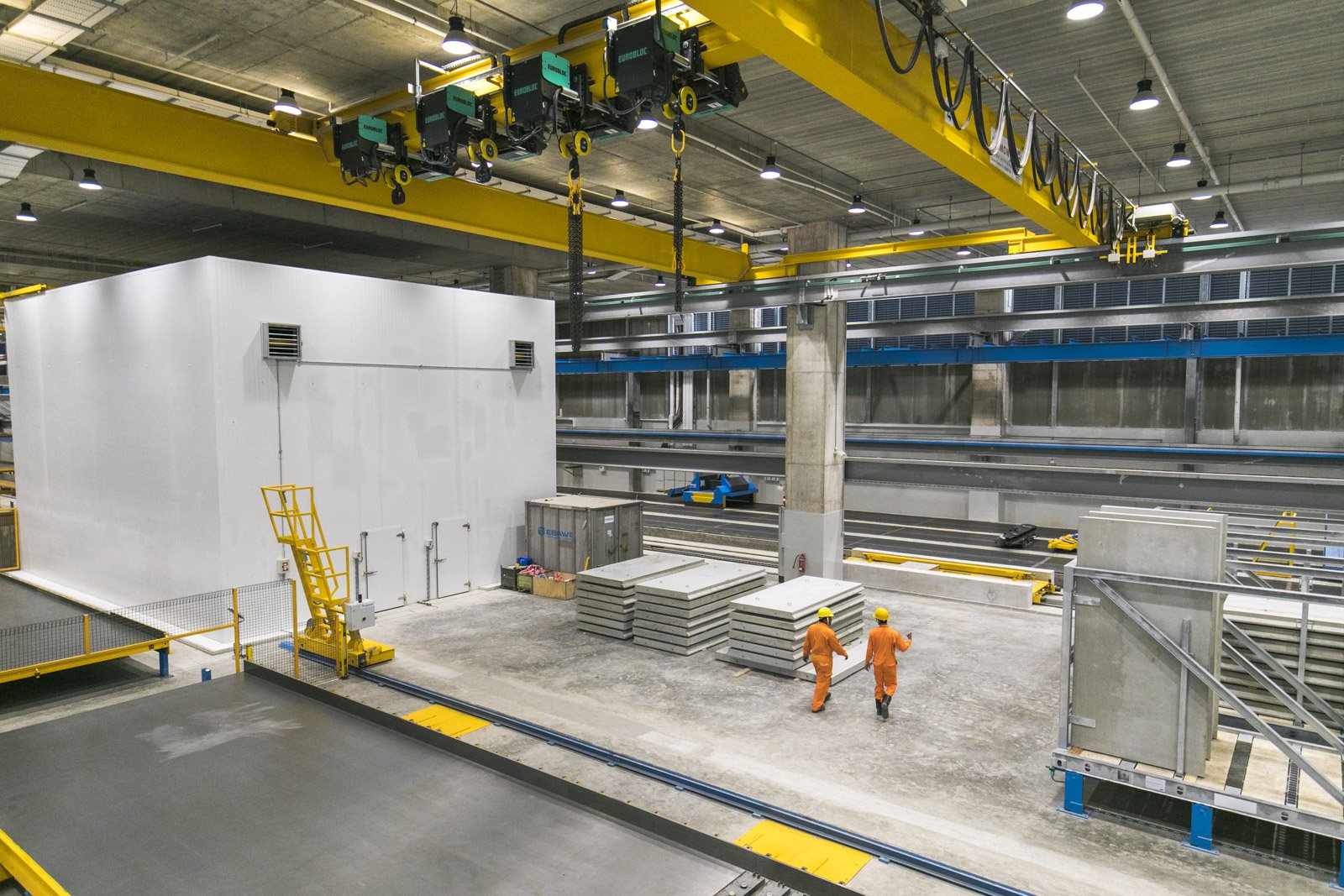
Technology
Revolution Afoot for the Built Environment Industry
November 15, 2021
The built environment industry has been undergoing a rapid slowdown. The pandemic and the strict actions taken by the various countries to curb the spread of the virus has only exacerbated the situation. The industry witnessed a shortage of labourers, disruption of the supply chain, operational limitations and, in some cases, halting of ongoing projects.
Apart from the slowdown due to the pandemic, rapid urbanisation, the digital revolution and global warming are other reasons pushing the industry towards a change. A small fraction of the industry has recognize the need for transformation and is innovating and adopting new ways to increase productivity. Singapore, for one, is working towards this change by adopting a holistic vision and plan for an advanced and integrated sector. The nation aims at building smart, building efficiently and building green.
Here are some ways to build faster and enhance efficiency across all processes from design to construction:
Apart from the slowdown due to the pandemic, rapid urbanisation, the digital revolution and global warming are other reasons pushing the industry towards a change. A small fraction of the industry has recognize the need for transformation and is innovating and adopting new ways to increase productivity. Singapore, for one, is working towards this change by adopting a holistic vision and plan for an advanced and integrated sector. The nation aims at building smart, building efficiently and building green.
Here are some ways to build faster and enhance efficiency across all processes from design to construction:
Integrated Digital Delivery (IDD)
IDD leverages on digital technology throughout the four stages of the built environment process - digital design, fabrication, construction, asset delivery and management. It uses a common shared platform for stakeholders to work collaboratively.
IDD is highly efficient as it reduces wastage and errors due to miscommunication. The quality of work is improved without affecting the target construction period, all of this while maintaining the safety of workers.
The Singapore government plans to promote IDD by establishing standards and regulations, as well as training programmes - to promote the use of IDD solutions. IDD adoption will carve a new path for the construction industry in Singapore.
Off-site Construction
In traditional building methods, raw materials are transported to the site and construction takes place on-site. In DfMA (Design for Manufacturing and Assembly), manufacturing of components is done in factories where the latest technology in software and 3D printing can be applied. The prefabricated components are later transported to the site for assembly.
DfMA is known by other names such as IBS (Industrialised Building System) in Malaysia, and so on. The automobile and consumer goods sectors have been long using DfMA, whereas the construction industry has been relatively slower at embracing it. DfMA encourages the construction industry to lean more towards manufacturing. And unlike the belief that mass production generates low quality work, these modular units are manufactured in well-furnished facilities under controlled environments and are passed through even more stringent checks than those built on-site.
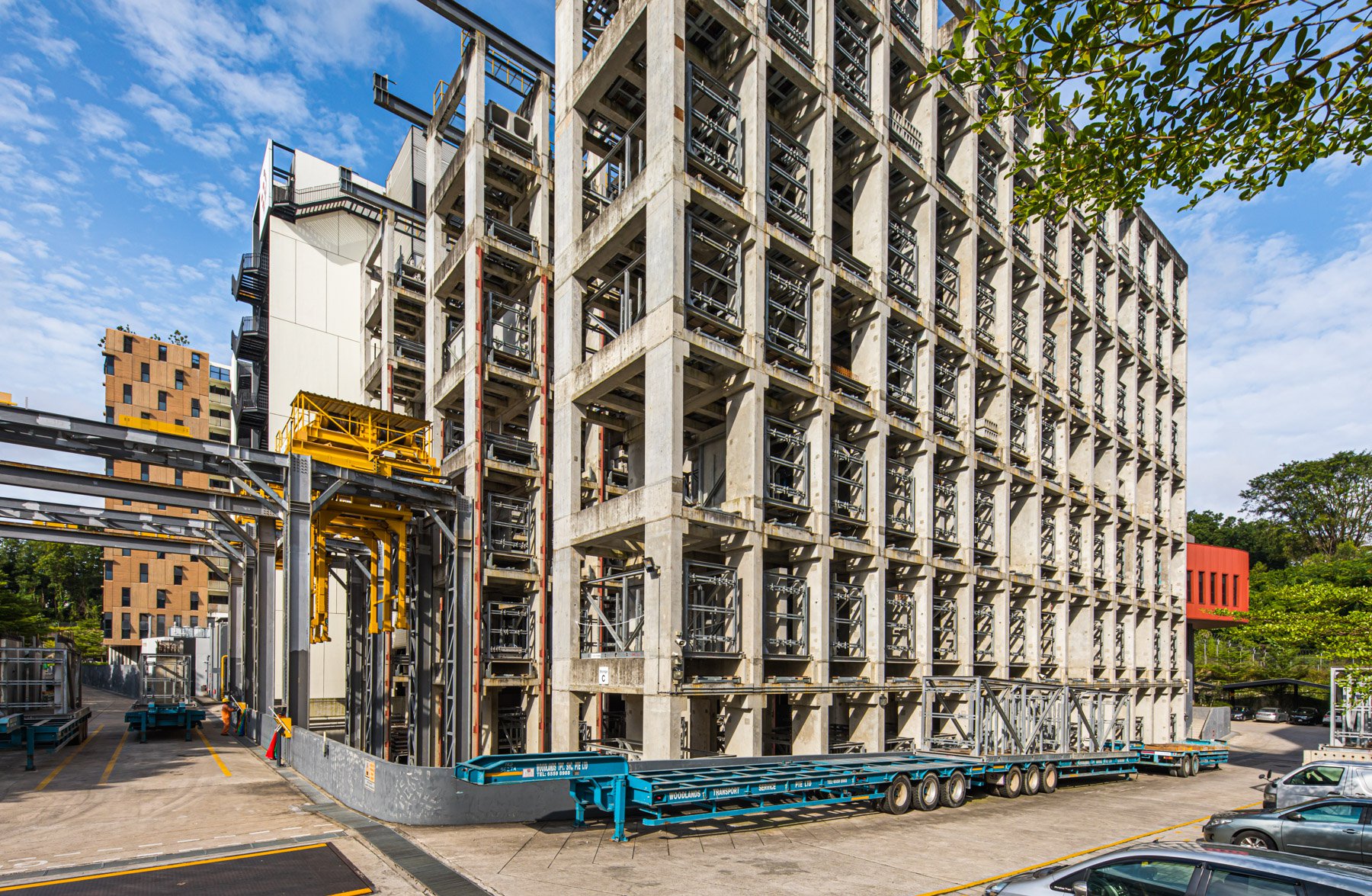
Apart from that, working in factories reduces workplace injuries and enables faster completion of projects. It helps build faster, especially when handling big projects that include the replication of various components. This reduces construction time by more than half and enables companies to handle multiple projects concurrently.
Traditional construction methods tend to procure raw materials in excess leading to a lot of wastage. Prefabrication reduces waste, making it not just an eco-friendly option but also a cost-effective one.
Singapore already has plans to greatly boost the rate of DfMA adoption around the country. The idea is to create a strong DfMA eco-system for the betterment of the built environment sector.
Traditional construction methods tend to procure raw materials in excess leading to a lot of wastage. Prefabrication reduces waste, making it not just an eco-friendly option but also a cost-effective one.
Singapore already has plans to greatly boost the rate of DfMA adoption around the country. The idea is to create a strong DfMA eco-system for the betterment of the built environment sector.
3D Printing in Construction and Architectural Design
A popular choice in recent times, it also goes by the name additive construction. This technique primarily makes use of construction 3D printers to produce various components of a structure or the entire structure itself. Materials are layered in a fixed order to build three-dimensional forms. This method is particularly helpful when tackling geometrically complicated shapes.
Prefab construction makes use of 3D printing to print their modular units off-site. Another amazing feature is that 3D printers can also be used on-site to print and help save time and money spent on the transportation of prefab components.
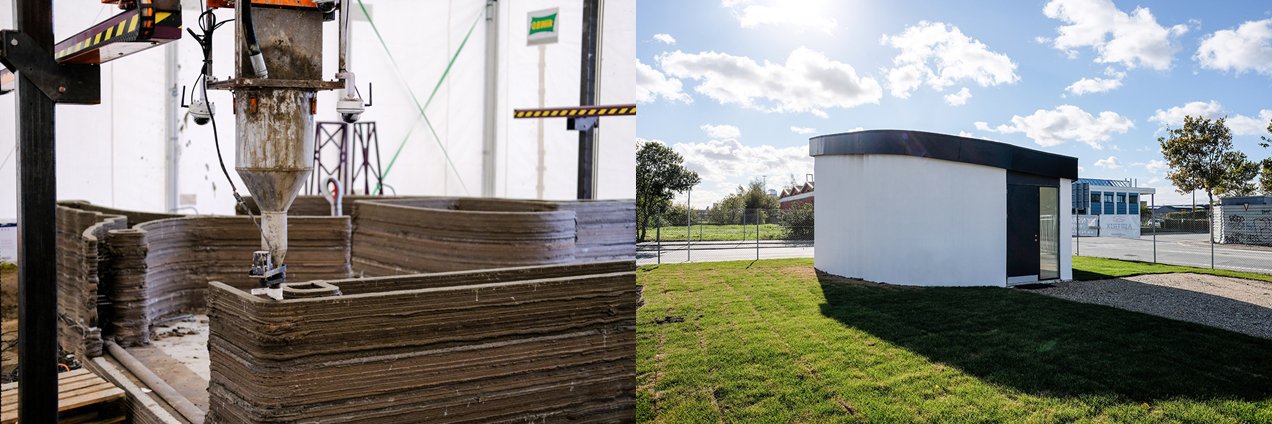
One such example of on-site printing is that of a two-storey house in Europe which was was printed by Europe’s largest 3D concrete printer made by COBOD.
COBOD also 3D printed the very first building in Europe. The building is named BOD (Building on Demand) and is located in Copenhagen’s Nordhavn. It is an office hotel which is less than 50 square meters and has no straight walls. COBOD had no issues printing the organic building form and this showcased the architectural advantages of 3D printing
COBOD also 3D printed the very first building in Europe. The building is named BOD (Building on Demand) and is located in Copenhagen’s Nordhavn. It is an office hotel which is less than 50 square meters and has no straight walls. COBOD had no issues printing the organic building form and this showcased the architectural advantages of 3D printing
Drones in Construction
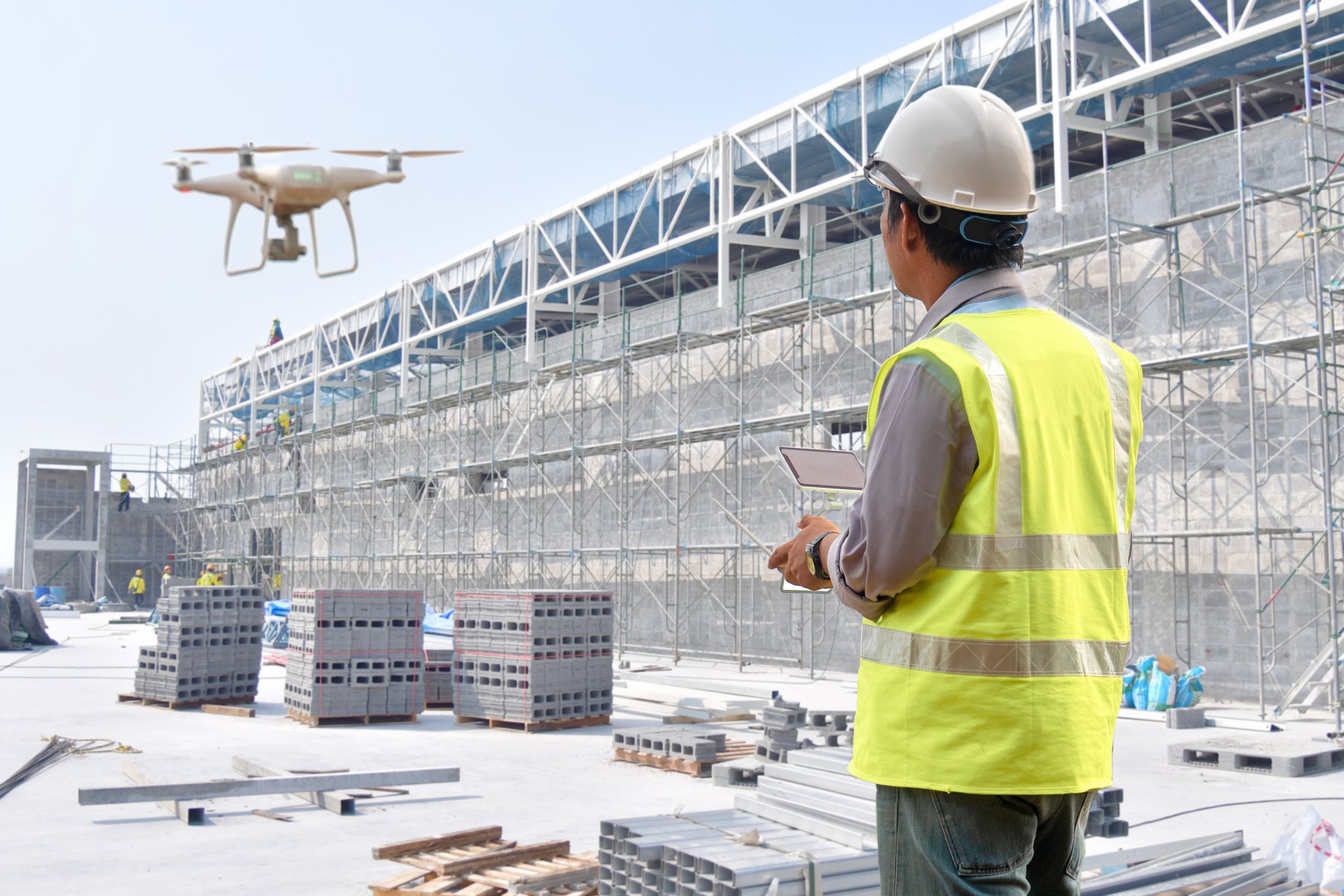
Drones are an asset to the construction industry. They are beneficial for site surveys and inspection purposes. They help cut down survey costs and planning time. Site surveys conducted via drones are highly accurate and save a lot of time. They can capture aerial data in hard-to-reach places without the risk of sending any crew members. Companies working on large infrastructure projects can benefit from using drones to collect data.
Drones are often used in Malaysia to aid in construction by collecting data. Most of their railway projects, like the Mass Rapid Transit (MRT) extension, used drones for land use analysis and project monitoring.Artificial Intelligence
Artificial Intelligence is commonly understood as machines mimicking human cognitive functions such as in problem-solving and learning.
The labour shortage issue has led many companies to adopt and invest in AI. Japan’s ageing population and fall in the number of skilled workers has pushed their construction companies to turn to AI to solve their woes. Komatsu, a Japanese multinational company that manufactures construction and mining equipment, has teamed with NVIDIA to incorporate AI into their sites. Komatsu is trying to leverage on the technology used in self-driving cars to help with excavation, grading and site work.
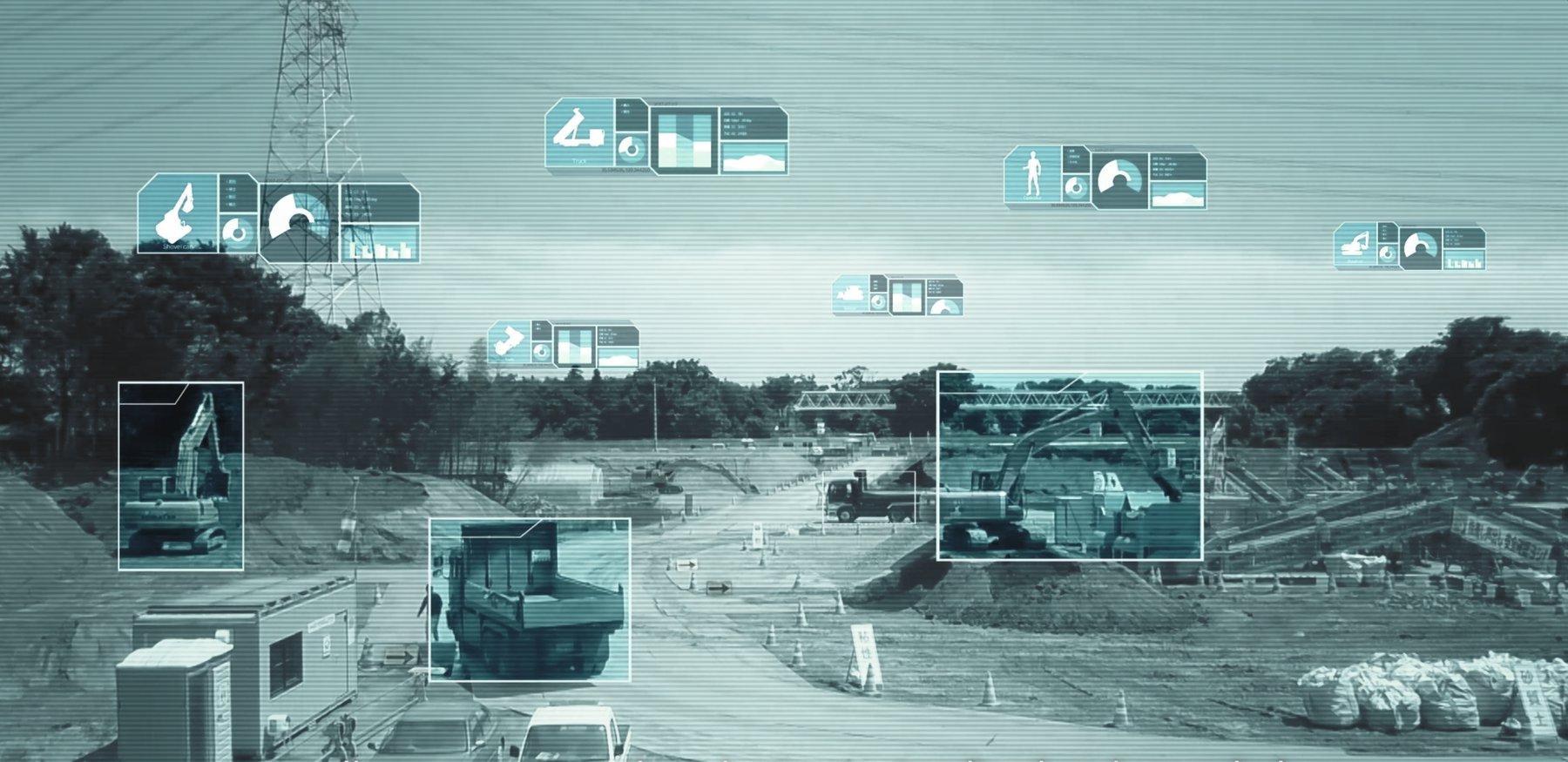
The implementation of AI by Komatsu and NVIDIA in construction. (Credit: NVIDIA)
According to the Japan Construction Occupational Safety and Health Association, around 300 deaths and over 15,000 injuries have occurred in Japan’s construction sites in a span of one year. Komatsu plans on making use of AI for site analysis and visualization to reduce construction site hazards and make them safer places. Komatsu’s smart construction initiative has been introduced in more than 4,000 sites for increasing operational productivity and safety.
Conclusion
The construction industry has immense potential. However, this could all be a waste if the industry refuses to embrace change. The above-listed ways can help resolve inefficiencies and increase productivity.
No doubt, the pandemic has created turbulence in the sector. But it has also brought change to the industry for the better.